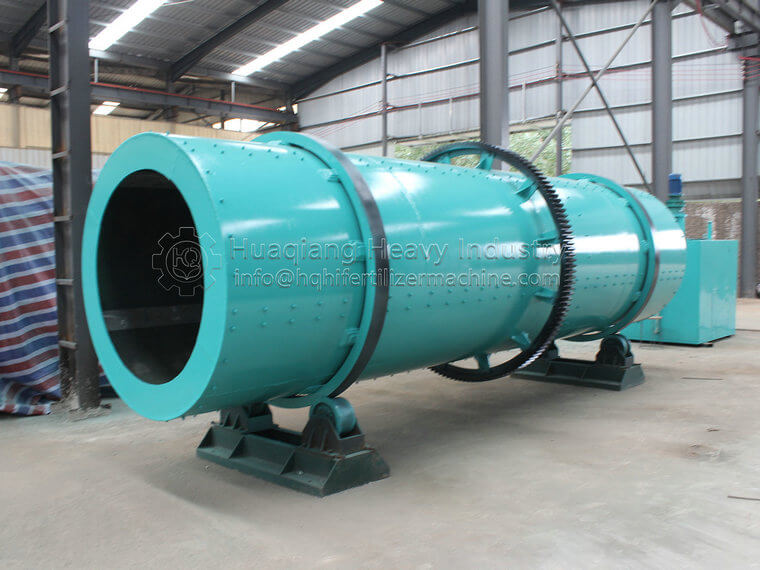The basic production process of NPK fertilizer production line for fertilizer production
NPK fertilizer is a diversified fertilizer that contains various nutrients such as nitrogen (N), phosphorus (P), and potassium (K), and is one of the commonly used fertilizers in agricultural production. The following is the basic production process of the NPK fertilizer production line:.jpg)
Raw material preparation: The main raw materials for NPK fertilizers include urea, phosphate, ammonium sulfate, ammonium nitrate, potassium chloride, etc. Before starting the production line, it is necessary to prepare various raw materials and ensure that their quality meets production requirements.
Raw material processing: The raw materials undergo processing steps such as weighing, grinding, and mixing to ensure the proportion and uniformity of various raw materials. In this step, the ratio of various raw materials can be adjusted according to the formula requirements to meet the nutritional requirements of different crops.
Wet mixing: Add the processed raw materials to the fertilizer mixer and mix them evenly through wet mixing. During the mixing process, an appropriate amount of water or solution can be added to improve the fluidity and reactivity of the raw materials.
Granulation: Feed the mixed raw materials into a granulator or fertilizer granulator for granulation treatment. The purpose of granulation is to compress the mixed raw materials into granules for easy transportation, storage, and application.
Drying and cooling: The granulated NPK fertilizer needs to be dried and cooled to remove excess moisture and reduce particle temperature, ensuring product quality and stability.
Screening and packaging: After drying and cooling treatment, NPK fertilizer enters the fertilizer screening machine to remove particles that do not meet the specifications and is packaged. Packaging can choose from bagged, loose or large bags, depending on market demand and customer requirements.
Quality inspection and delivery: Finally, quality inspection is carried out on the produced NPK fertilizer, including appearance, component content, particle size, and other indicators. Qualified products will be packaged and shipped to the market.
The entire production process needs to strictly control the operating parameters of each link to ensure the quality and stability of the product. At the same time, attention should also be paid to environmental and safety requirements to ensure that the production process complies with relevant laws, regulations, and standards.

.jpg)
.jpg)



.jpg)

